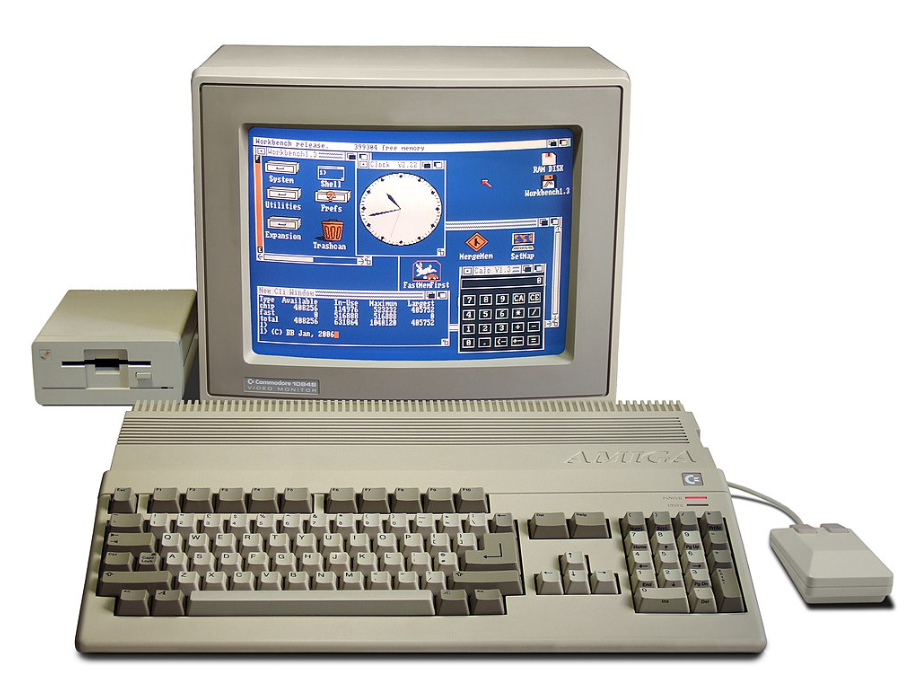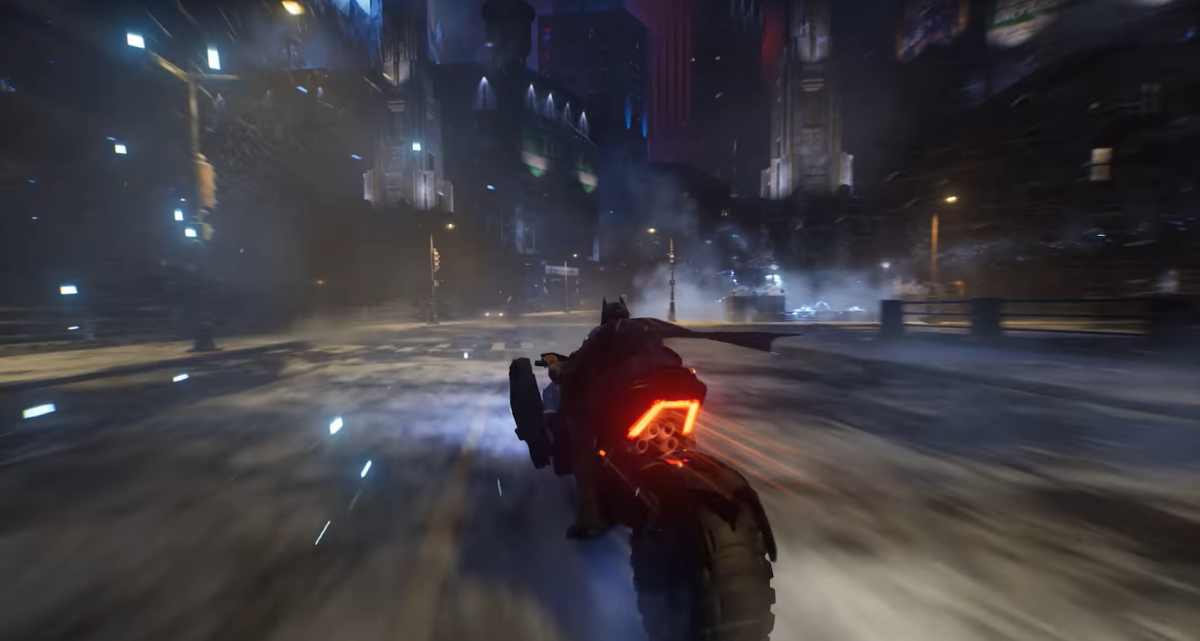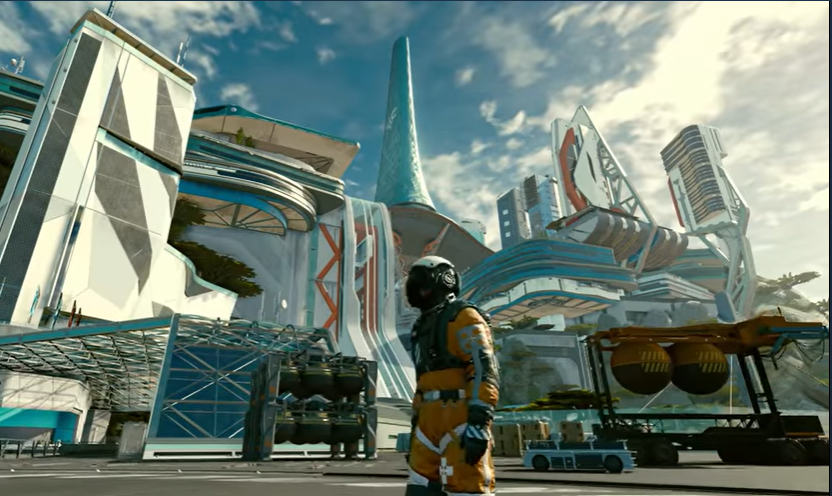
 Image: Alena Darmel
Image: Alena Darmel
I’ve kept my gaming rig’s specs above the recommended requirements for most new big-name game releases over the last couple of years and it remains that way despite all the hardware that’s hit the market in the interim.
Yet surprisingly, some new games (not all) chug along on my rig. What’s going on then? Is it time for me to fork out for yet another round of upgrades? Or are some game developers leaving me high and dry by not optimizing their games to run well on the decent specs that I have?
What game devs used to do with virtually nothing
I pose the question merely to introduce the topic. The fact is, I already hold a viewpoint: Games just aren’t being optimized properly these days, and that opinion is based on the amazing things I’ve seen devs do with games in years past.
My first computer was a Commodore Amiga 500. My dad bought the base computer one vacation, and I spent many glorious hours playing it in the years before I started using x86 PCs.
At purchase the Amiga ran off a mere 512KB RAM module, but to play the best games required 1MB. So my dad bought the 512KB upgrade, which at the time was ridiculously expensive.

The Commodore Amiga 500 computer was released in 1987. It saw worldwide sales of 2.6 million.

The Commodore Amiga 500 computer was released in 1987. It saw worldwide sales of 2.6 million.
Bill Bertram 2006

The Commodore Amiga 500 computer was released in 1987. It saw worldwide sales of 2.6 million.
Bill Bertram 2006
Bill Bertram 2006
But what developers achieved with 1MB still has me in awe. One game, SWIV, a kind of spiritual successor to the horizontally scrolling shooter Silkworm, had me glued to it all summer, like a fly on a river roast.
From its cutting-edge graphics to its non-stop action gameplay, SWIV would rival some of the best modern indie shoot-‘em-ups on the market today. Not bad for 1991, eh? So how did the devs achieve such a thing in a game designed for a 16-bit computer platform?
Eurogamer tells SWIV’s intriguing story. To summarize, the developers of SWIV, The Sales Curve, needed to think outside the box, to write the game code in a uniquely different way. One of those ideas had to do with the game’s backgrounds.
At a time when almost all games used tile-mapped backgrounds, the devs decided to use a sprite-based level editor instead. This allowed them to place color palette changes that scrolled in sync with the backgrounds.
This supported the game’s unique premise of a single unbroken attack run rather than levels that loaded each new difficulty stage.
The Sales Curve also applied an adaptive difficulty level based on the time the player stayed alive. That meant the game got gradually more difficult, without having to pause data and load new levels.
SWIV was a fantastic game. But more importantly it worked perfectly with the specs Amiga 500 gamers had — needing nothing more to enjoy the game in its full glory.
Modern games are awfully resource wasteful
Compare what was achieved with SWIV to how poorly some modern PC games run despite the beefier CPUs, GPUs, and RAM they access, and you’ll see why something is wrong with the way games are being optimized nowadays.
There are countless examples, but one that comes to mind is Gotham Knights. Steam’s recommended requirements for this game are Core i7-10700K or Ryzen 5 5600X with either RTX 2070 or AMD Radeon RX 5700XT and 16GB RAM.
But despite having slightly higher specs than this, I encountered CPU optimization issues, with the game utilizing a whole 78 percent of the CPU but dropping serious frame rates.

Gotham Knights runs sluggishly on my PC despite me having above the recommended specs.

Gotham Knights runs sluggishly on my PC despite me having above the recommended specs.
Dominic Bayley / IDG

Gotham Knights runs sluggishly on my PC despite me having above the recommended specs.
Dominic Bayley / IDG
Dominic Bayley / IDG
Other badly optimized games in my library fall under the banner of simply being bad ports to PC. They suffer from console-elicited problems like poor keyboard and mouse controls, or field-of-view problems.
This really isn’t an excuse for bad performance. If devs make the call that a game is ready for PC, and you’ve got the recommended specs and forked out to buy it, then it should run as smooth as butter (not withstanding a few normal teething issues).
Even big-name developers get optimization wrong
Bethesda games have given me many hours of fun and for that I’m very grateful. But Starfield, one of Bethesda’s newest open-world MORPGs is another game that’s been plagued with optimization issues from the start.
Lots of games have issues at inception, but in Starfield’s case the PR around those issues could have been handled better.
Why? Players encountering problems like inconsistent frame rates and micro stuttering after purchasing it were told they “may have to upgrade,” by one of the leading devs when he was queried about why the game wasn’t optimized for PC.
Sorry, Bethesda, but that explanation is a little hard to buy, when you have accounts like this one from a gamer still encountering issues despite running the game on an AMD Ryzen 5600 / GeForce RTX 4070 Ti with 16GB RAM.
In Starfield’s case, the optimization problems could simply be put down to the developers just shooting for the stars, trying to make something groundbreaking and, in the process, producing a game with requirements higher than they had anticipated.
But some gamers have pointed out the game’s high dependence on the CPU to run, which could also be put down to poor optimization. Either way, gamers shouldn’t have to bear the brunt.

Starfield is a great game that some gamers have experienced optimization issues with.

Starfield is a great game that some gamers have experienced optimization issues with.
Dominic Bayley / IDG

Starfield is a great game that some gamers have experienced optimization issues with.
Dominic Bayley / IDG
Dominic Bayley / IDG
Why some other games are so poorly optimized is a little less clearcut. Quick turnaround times? Lazy porting? These are valid questions for the developers.
I’m hoping that in cases where the recommended specs are underquoted, it isn’t some kind of shady sales tactic, the kind unscrupulous realters might use to attract more interest in a property than they would otherwise have gotten when most buyers don’t have a chance in hell.
Ultimately, poorly optimized games are undone by their own lack of success. But that’s something no gamer ever wants to see.
Author: Dominic Bayley, PCWorld Australia Editor
Based in Australia, Dominic Bayley is a hardcore tech enthusiast. His PCWorld focus is on PC gaming hardware: laptops, mice, headsets and keyboards.
Recent stories by Dominic Bayley:
Nagle’s Algorithm: The obscure router setting that can hurt PC gamersTurtle Beach Kone II Air review: Perfect for MMOsWhy I’m waging a personal war against bloatware

